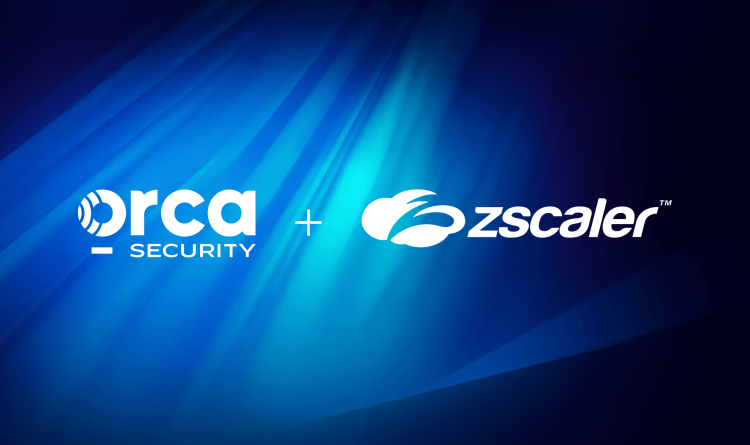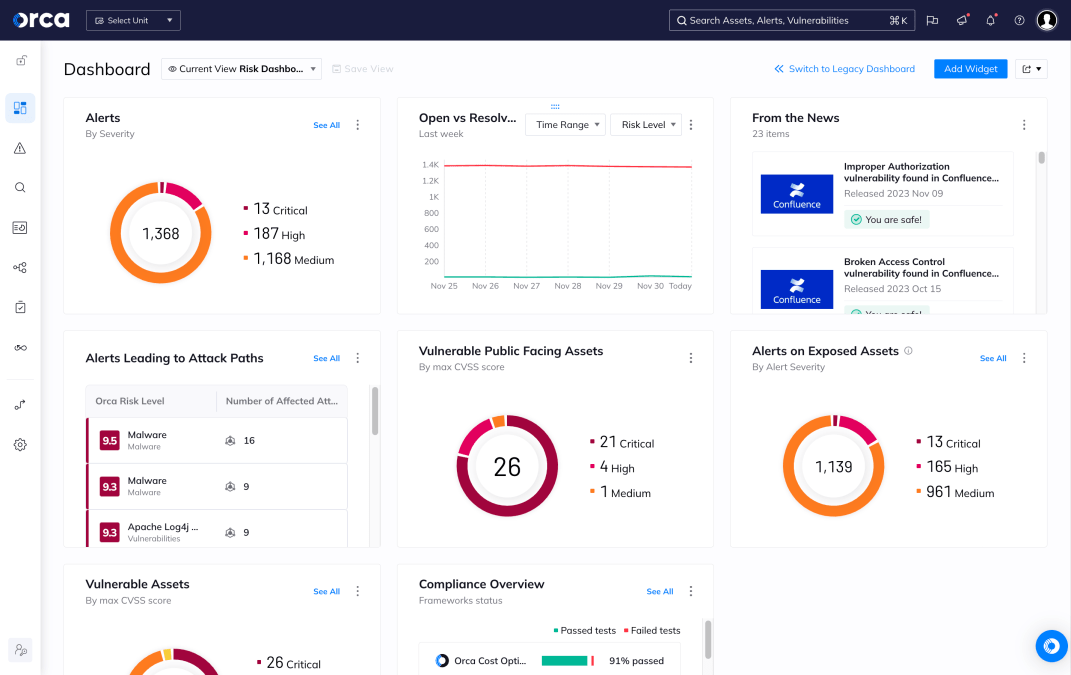Security Posture Assessment is a comprehensive evaluation process that systematically analyzes an organization’s cybersecurity defenses, controls, and overall resilience against potential threats. This assessment examines how well security measures are implemented, configured, and maintained across all technology assets, from on-premises infrastructure to cloud environments. In the context of cloud security, Security Posture Assessment becomes particularly critical as organizations migrate workloads and data to distributed, multi-cloud architectures where traditional perimeter-based security models no longer suffice.
Why is it important?
Security Posture Assessment serves as the foundation for effective cybersecurity strategy and risk management. Without a clear understanding of current security strengths and weaknesses, organizations operate blindly, potentially exposing themselves to preventable breaches and compliance violations.
In cloud environments, the importance of Security Posture Assessment becomes magnified due to the shared responsibility model. Organizations must ensure their portion of security controls—including data protection, identity management, and application security—meets required standards. Poor security posture can lead to data breaches, regulatory penalties, and significant business disruption.
To secure their cloud and meet compliance requirements, organizations turn to Cloud Security Posture Management (CSPM) tools or Cloud Native Application Protection Platforms (CNAPPs), which offer CSPM capabilities as part of a more comprehensive feature set.
The dynamic nature of cloud infrastructure, where resources are frequently provisioned, modified, and decommissioned, creates constant posture drift. Regular Security Posture Assessment helps organizations maintain visibility and control over their evolving attack surface.
How does it work?
Security Posture Assessment typically follows a structured methodology that encompasses several key phases:
- Asset discovery and inventory: Identify and catalog all technology resources—servers, databases, applications, network devices, and cloud services.
- Configuration analysis: Review how security controls are implemented, including access controls, encryption, segmentation, and patch status.
- Vulnerability assessment: Identify known software, system, and application weaknesses.
- Policy and governance review: Evaluate incident response, backup, access management, and security training.
- Risk scoring and prioritization: Rank issues based on threat likelihood, asset criticality, and potential business impact.
Assessment results are delivered in executive dashboards and technical reports to guide remediation and risk reduction.
Security risks and challenges
Security Posture Assessment presents several challenges:
- Configuration drift: Frequent infrastructure changes create inconsistent and insecure states.
- Shadow IT: Unmanaged assets provisioned outside IT oversight create visibility gaps.
- Multi-cloud complexity: Each provider has unique controls and configuration requirements.
- Alert fatigue: Excessive findings make it difficult to prioritize the most important issues.
- False positives/negatives: Inaccurate results can divert resources or miss critical gaps.
- Regulatory complexity: Assessments must avoid violating data protection or compliance requirements.
Misconfigured and undocumented cloud assets are a leading cause of security incidents, further highlighting the need for effective posture evaluation.
Best practices and mitigation strategies
To maximize the value of Security Posture Assessments:
- Implement continuous assessment: Avoid point-in-time scans by enabling real-time evaluation.
- Prioritize based on risk: Focus on high-impact issues tied to sensitive data or external exposure.
- Automate and integrate: Use platforms that connect with existing SIEM, CMDB, and vulnerability management tools.
- Validate tools regularly: Ensure accuracy through routine calibration and test cases.
- Define clear scope and thresholds: Keep focus sharp and ensure findings are actionable.
- Foster cross-functional collaboration: Engage IT, security, and business units to contextualize and resolve findings.
- Track progress with metrics: Use KPIs and benchmarks to monitor posture improvement over time.
These strategies help reduce the risk of blind spots and ensure posture assessment informs both tactical and strategic security planning.
How Orca Security helps
The Orca Cloud Security Platform enhances cloud security effectiveness across the multi-cloud environments of AWS, Azure, Google Cloud, Oracle Cloud, Alibaba Cloud, and Kubernetes. With Orca, security teams get:
- Full coverage: Orca discovers and inventories all cloud resources across your multi-cloud estate, including cloud configurations
- Comprehensive detection: Orca detects all types of cloud risks, including misconfigurations, vulnerabilities, sensitive data exposure, AI risks, and much more
- Risk prioritization: Orca analyzes risks holistically, contextually, and dynamically to prioritize the risks that matter most
- Unified security: Orca offers visibility and capabilities that secure the entire application lifecycle, from pre-deployment through runtime
- Multi-cloud compliance: Orca automates compliance by automatically mapping resources and issues to more than 185 built-in regulatory and industry frameworks, covering more than 2500 configuration controls across 10+ categories, including authentication, data protection, logging and monitoring, and much more
- Bidirectional integrations: Orca integrates security intelligence with popular ticketing, source code management, security, and productivity platforms to enhance your existing workflows and tools
By unifying security across your organization, the Orca Platform enables you to remediate risks and protect against sophisticated threats.
With Orca, security teams can continuously monitor posture, reduce tool fragmentation, and take swift action to improve overall cloud security hygiene.



